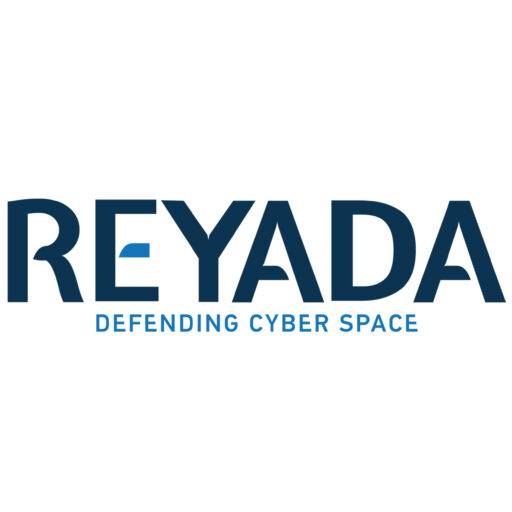Server and Storage
- Home
- Server and Storage
Server and Storage
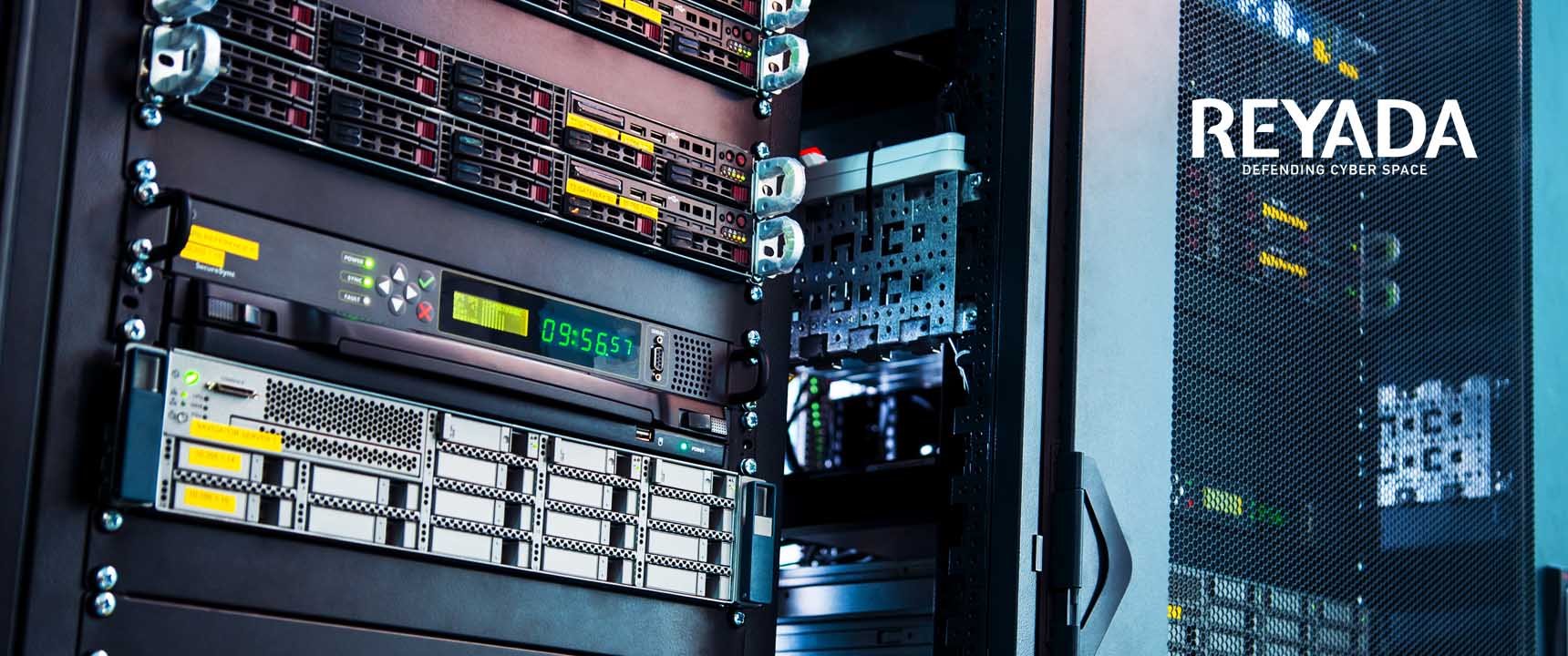
A server is a piece of software or hardware that delivers services to client computers in a network in response to their requests. It provides several clients with a variety of services. On the other hand, storage is a part of the computer that stores data for later access. Servers connect users to various data functions in a variety of ways. They store a lot of data for businesses and make it available to users online or across internal networks. When users ask them to retrieve specific files from previously stored or connected data sources, they do so. Additionally, they cooperate with an operating system to better hear and react to user requests.
Installing software that creates new responsibilities, such as responding to website requests from an internet browser, can improve a server’s capability. Servers can also function as security measures to confirm users’ identities prior to granting access to a network.
1.Rack servers
2.Blade servers
3.Mainframe servers
4.Hyper-converged infrastructure
5.Tower servers
A hosting company typically manages cloud storage, which is the process of storing digital data in an internet location with many servers and locations. The technique of storing digital data locally on tangible storage media, such as external storage devices, solid state drives, or hard disk drives, is known as local storage. Cloud storage and local storage primarily vary in that local storage keeps data on servers, often at the company’s on-premises location, while cloud storage saves data on many servers at various locations.
Users can save data onto a device with data storage space. Additionally, the data is kept even if the computer shuts down. Users can also tell computers to retrieve data from storage devices instead of manually typing data into them. A computer can create and save output to the same sources or other storage locations after reading input data from various sources as needed. Users have the option to collaborate on data storage.
1.Direct area storage
2.Network-based storage
Direct-attached storage, additionally referred to as direct-area storage (DAS), is what its name suggests. The computing device accessing this storage is frequently nearby and immediately connected to it. It frequently has no other devices attached to it. DAS can offer respectable local backup services as well, but sharing is constrained. Floppy disks, optical discs (CDs and DVDs), hard disk drives (HDD), flash drives, and solid-state drives (SSD) are examples of DAS devices.
The ability for multiple computers to access network-based storage makes it ideal for data sharing and teamwork. Additionally, it is better suited for backups and data protection due to its off-site storage capability. Network-attached storage (NAS) and storage area networks (SAN) are two popular configurations for network-based storage.
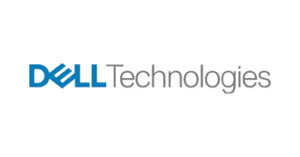
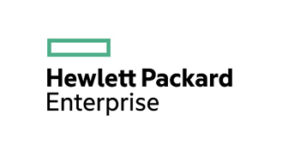
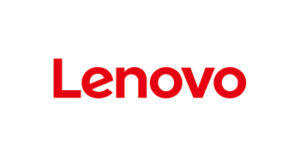

HPE GreenLake provides the cloud to organizations who are prepared to embrace data-first modernisation. assisting you in organizing your data, relieving migration stress, and safely connecting your data from the edge to the cloud. HPE GreenLake is hybrid cloud, your way, opening doors and enhancing how you live and work.

You can rely on Lenovo for storage solutions fit for an enterprise. Our products work with your existing budget, accommodate your expanding virtual environments, and guarantee that your data is available when you need it.

High density one, two, or four socket rack servers that are optimized to power your systems to work independently and together deliver secure, scalable infrastructure. Ideal for virtualization, cloud-native workloads, and traditional applications
Request for services
Discover more about how we can guide your company through the coming phase. Please let us know your interests so that we can more effectively assist you.
